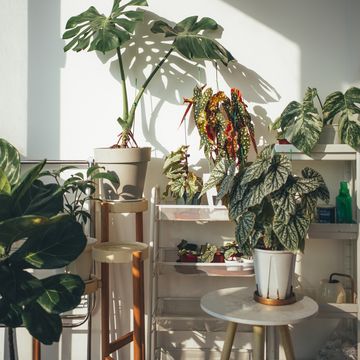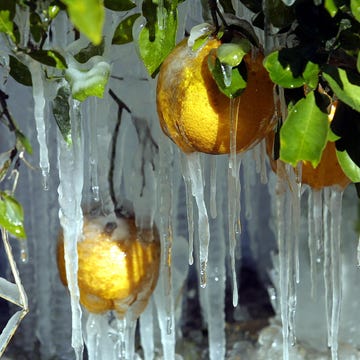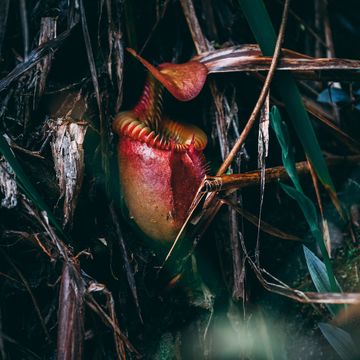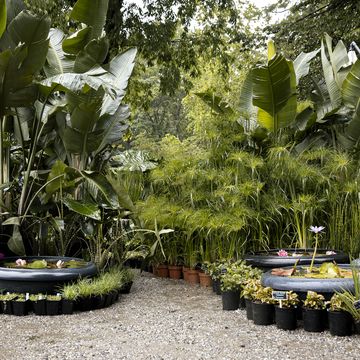Strong of its oval-shaped bright green leafs, Ficus Benjamin is topping the cart of best loved ornamental plants. Originated in humid tropical areas of South-Eastern Asia, where tropical weather allows for Ficus’ perfect growth, the plant has become increasingly popular among the Italian homes. Wonder why? It is an ideal blend of the kind of beauty and functionality we all seek for when it comes to ornamental houseplants. A great fit for absolute beginners too, the Ficus Benjamin doesn’t require any special attentions, but only a few simple tricks to nurture a tropical plant properly and infuse your home with renovated energy and clean indoor air. Indeed, don’t you forget that the Ficus Benjamin tree emits high oxygen content and purifies indoor air by removing chemicals, such as formaldahyde or other toxins.
So here follow 5 great tips to take care of your precious decorative green friend!
1. Place your Ficus Benjamin in a bright room, but not in direct sunlight
Ficus enjoys light, sure. Still, bear in mind that direct sunlight, especially if the plant is moved outdoor in the hot summer days, may result in scalding of the leaves and leaf loss. A full sun-drenched day out might damage even the healthiest Ficus tree. It is best to keep it near a window, and regularly rotate the vase so that the full foliage can benefit of the sun rays previously screened by the glass surface. Just remember: speaking of Ficus Benjamin, dropping or yellowing leaves is then caused by unlucky placements inside your flat.
2. Avoid temperature inversions
It being a tropical plant, Ficus Benjamin needs warm and humid weather. Although it is quite hard to duplicate Bangkok’s dumpy weather in our apartment, we can be sure that, as soon as the plant is kept indoor, it will be fine. Ideal temperatures range from 18 to 22 degrees, so be careful in winter!
3. Water it frequently, but not too much
When it comes to water, the Ficus Benjamin shows a quite peculiar feature: it is subject to root rot. So if in doubt, melius deficere quam abundare! Seen that the exact amount of water depends on the temperature factor, we might generally conclude that abundant watering is recommended in summer (at least once a week). With increasingly colder temps, watering shall be progressively reduced: to put it simply, if temps fall to 10 degrees, a monthly watering session is just enough.
4. Ficus Benjamin “drinks” from its leaves
You heard it right. As any respectable tropical plant out there, also Ficus Benjamin gets all needed water supply from both rainwater and atmospheric humidity. It is important to spray or sponge water onto the Ficus leaves, so that – apart from washing the dust off and polishing the surface – the plant would be perfectly hydrated (especially in winter, when house heating significantly lowers the humidity level). Sponging is also useful to get rid of “red spider” mites, which makes leaves turn yellow and drop.
5. Choose the right type of soil and dung it regularly
Indoor ficus performs best when provided with regular applications of a soluble fertiliser to replenish the nutrients in the potting. Although a robust, time-resistant plant able to adapt to poor soil, Ficus Benjamin enjoys humus-rich moist best. In order to avoid root rot, the plant shall not be sitting on water and be regularly nurtured with a fertiliser once a month. It is then best to keep the soil most from drying out or soaking wet by cleaning all holes of the container adequately, or putting a layer of pebbles and crocks at the bottom of the vase (an easy, efficient shot!).













